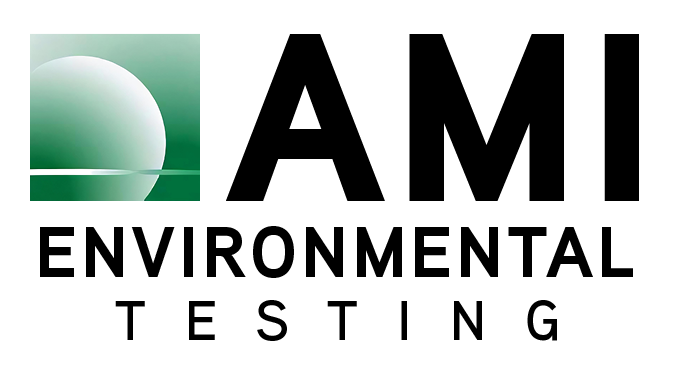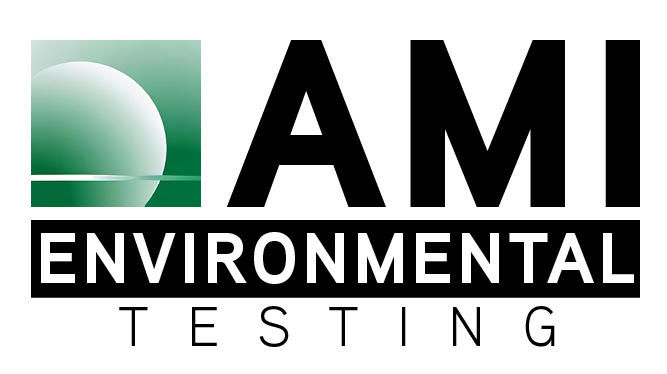Frequent discussions regarding the applicability of the EPA’s Lead Renovation, Repair & Painting (RRP) Rule, of April, 2010, are centered around defining a “Child Occupied Facility”. Such a designation triggers compliance requirements for building owners, managers and construction contractors when preforming work that may disturb lead based paint in conjunction with renovation activities.
The common misinterpretation is that this standard only applies to “Target Housing”, as defined in the above referenced rule, as “housing constructed prior to 1978, where one or more children age 6 years or under resides or is expected to reside”.
As professionals, it is important to note when working in built environments, in public or commercial buildings, that the above referenced standard for training, certification and accreditation requirements and work practices also applies to “Child Occupied Facilities” as follows:
- Buildings constructed prior to 1978, visited regularly by the same child, under 6 years of age, on at least 2 different days within any week, provided that each day’s visit lasts at least 3 hours.
- Child-occupied facilities may include, but are not limited to, day care centers, pre-schools and kindergarten classrooms. With respect to common areas in public and commercial buildings that contain child-occupied facilities, the child occupied facility encompasses only those common areas that are routinely used by children under age 6, such as restrooms and cafeterias.
- Common areas that children under 6 only pass through, such as hallways, stairways, and garages are not included. In addition, with respect to exteriors of public or commercial buildings that contain a child-occupied facility, the rule encompasses only the exterior sides of the building that are immediately adjacent to common areas routinely used by children under age 6.
How can AMI Environmental protect employees and the reputation of your business?
At AMI Environmental, our main goal is to assist businesses and create a safe working environment, while adhering to government regulations. With decades of experience, our Industrial Hygiene Professionals purpose is to help our clients not only protect building occupants but also manage risk. Allowing you to then enjoy the peace of mind knowing everyone will be protected from harm. AMI will work to establish and maintain a safe work environment, including surveying your facility for risks; provide testing within your facility; maintain testing protocol; and assist in the recording process. If you have any questions or concerns, please contact Dan Taylor at [email protected].



